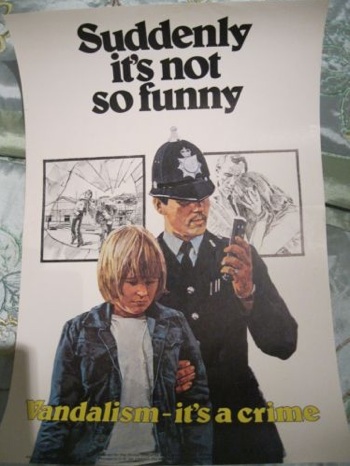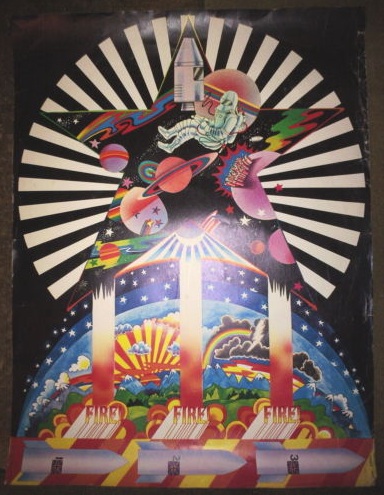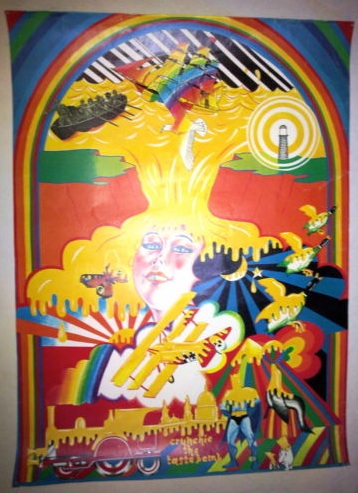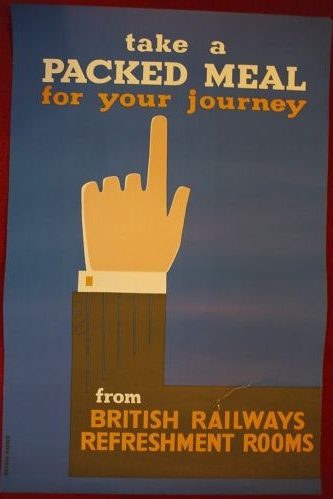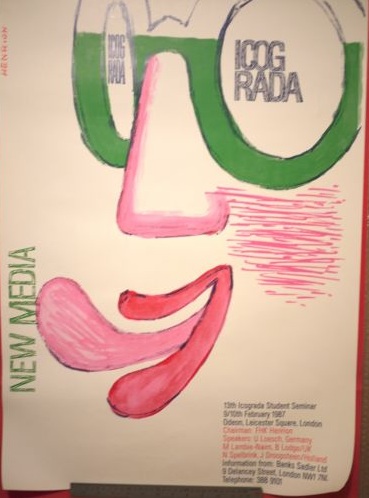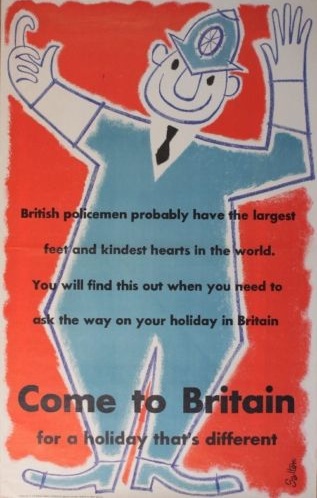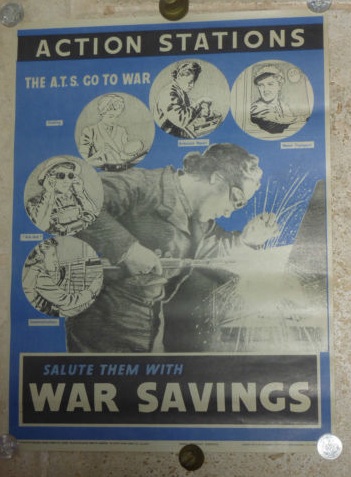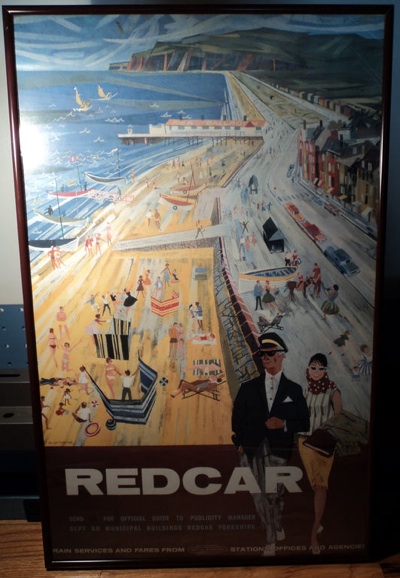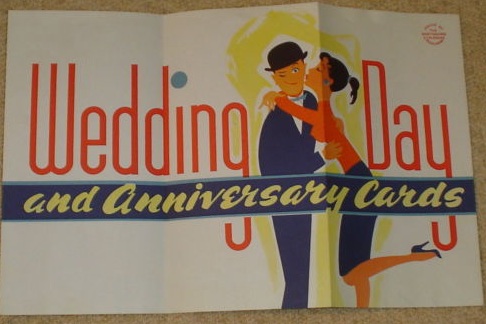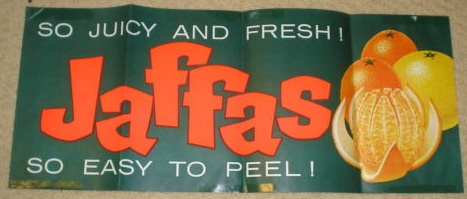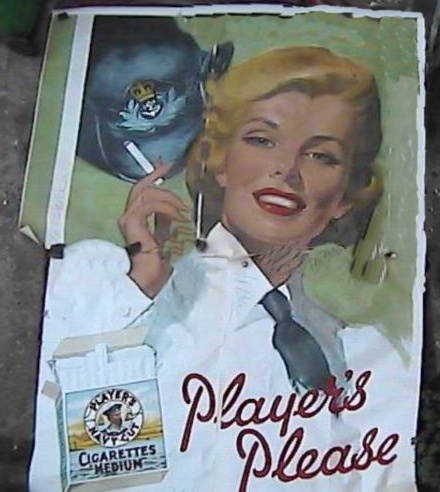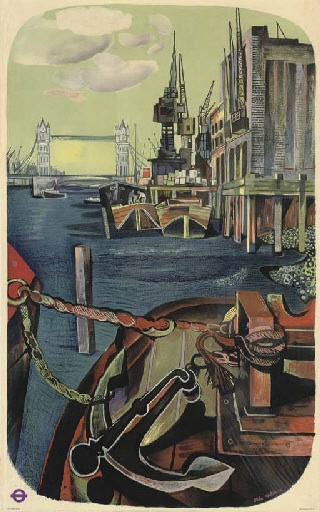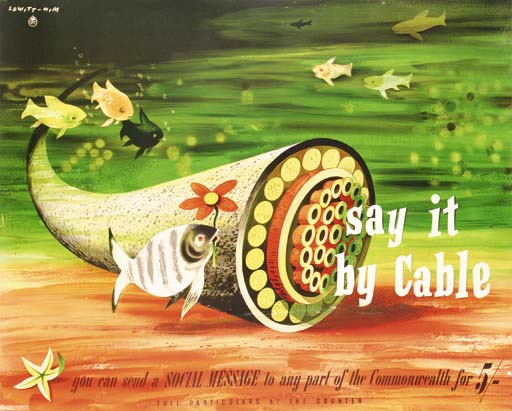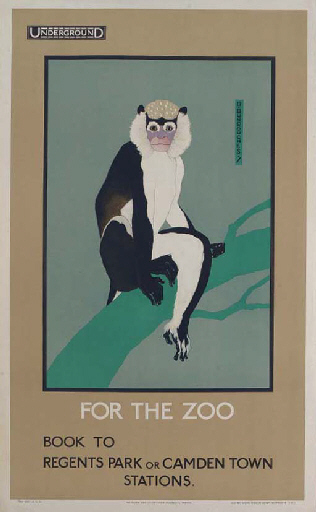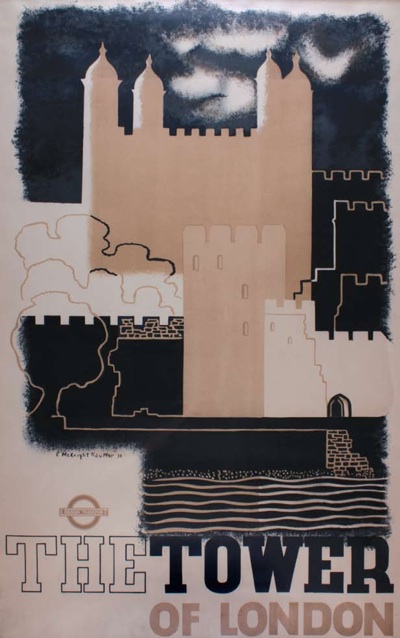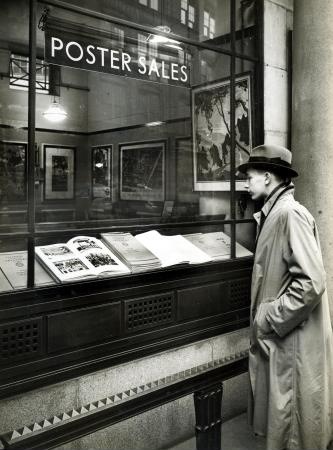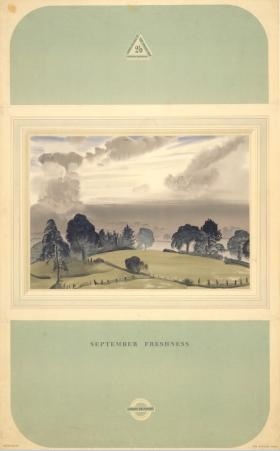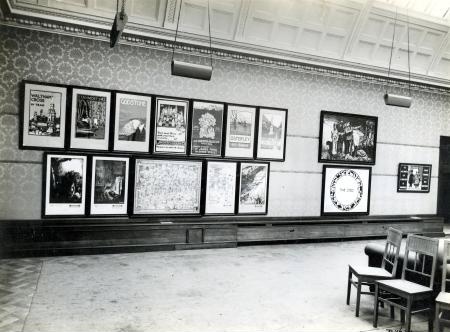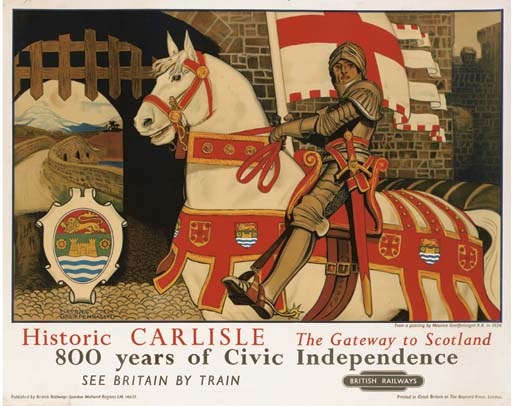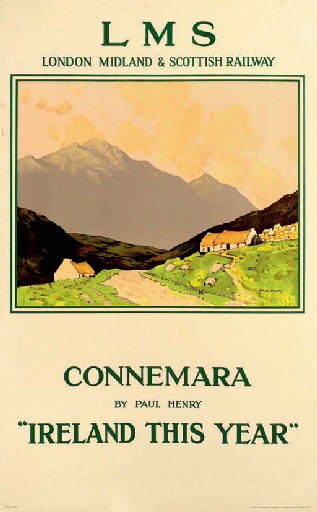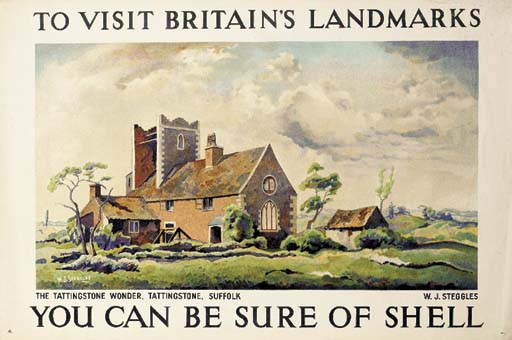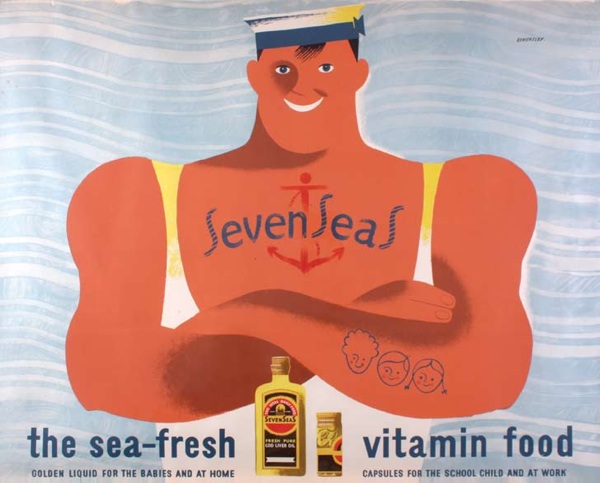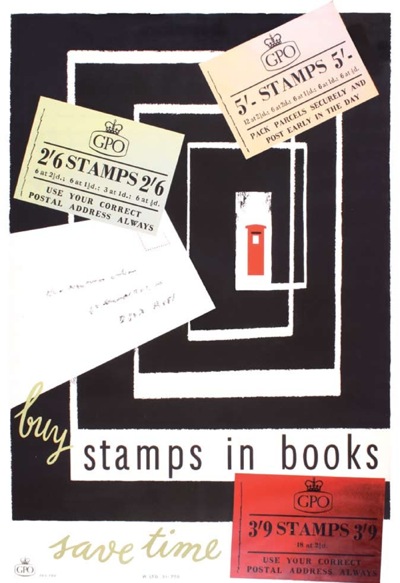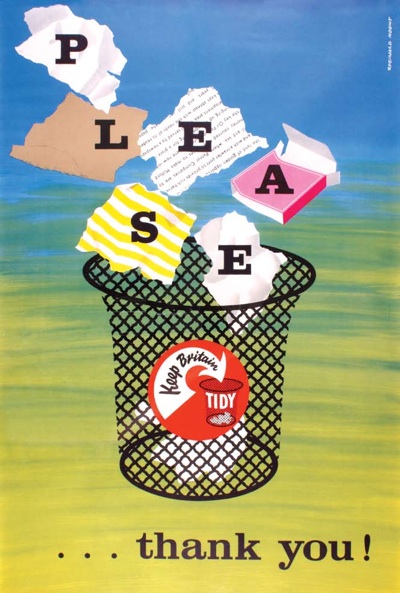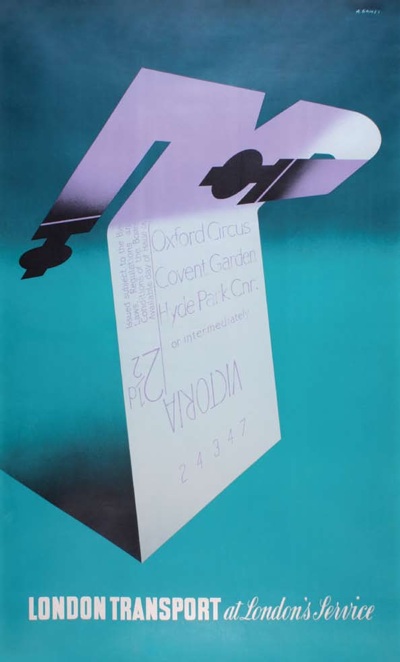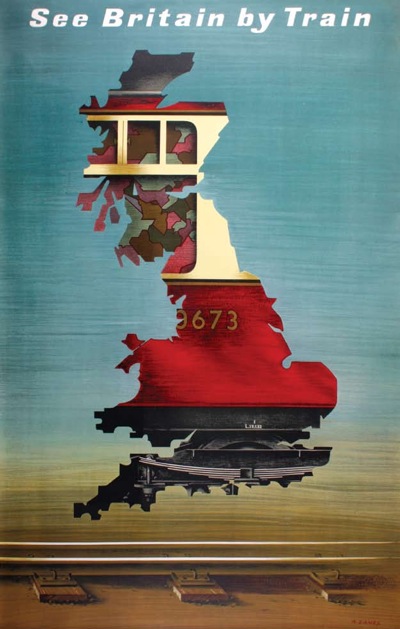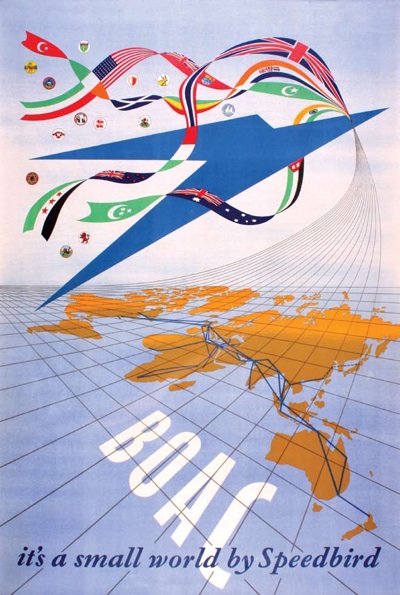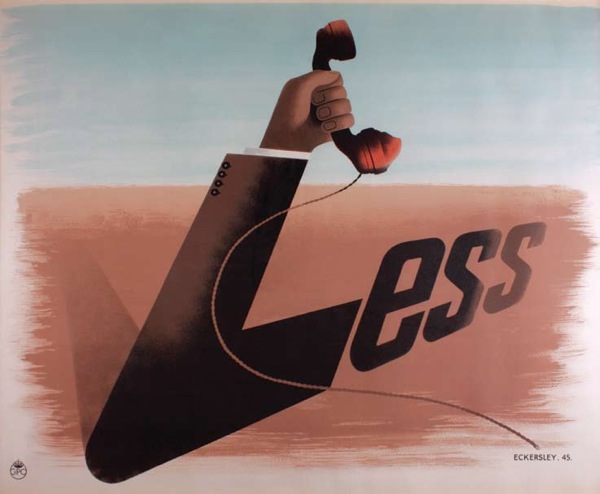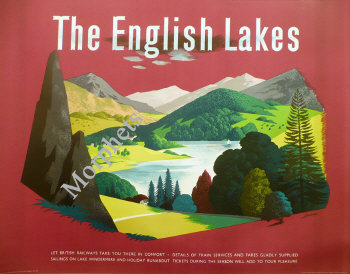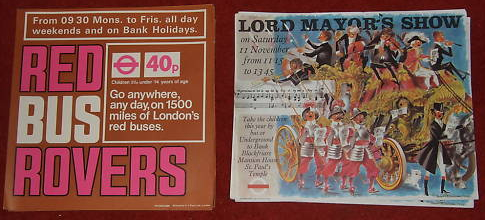A life of surprises
Odd times indeed on eBay. When I pointed out this poster last week, it was more for entertainment than investment value.
But it went for £104. Not so funny indeed.
I should have been less surprised that these two pieces of prime psychedelia went for £143 each. They’re by the wonderful Dan Fern and printer-fresh.
Although Mr Crownfolio and I had harboured hopes of picking one up cheap, mainly because these are the kind of things which can fall through eBay searches un-noticed. But not this time. (There were another two, which went for under £40 each, but still not cheap).
This Daphne Padden also sold very quickly for a Buy It Now price of £50.
I think I’d file that under interesting rather than desirable (much like the concept it’s advertising), mostly because it’s the first time I’ve ever seen that design and I had no idea that she had done much work for BR at all. So there you go.
As for what’s on sale at the moment, it is, as ever, a mixed old bag. Probably the most interesting are those being sold by medieval modernist, a name not unknown round these parts. This Henrion is, how shall I put this, unlike anything else I’ve ever seen of his by quite a long way and then some.
If you find that a bit frightening, this Salter is slightly more conventional.
And there’s plenty more in between, so go and take a look.
This poster wouldn’t be worth mentioning for itself, were it not for the person selling it.
I’ve mentioned this story before, but a seller on eBay, Kingchristopher, has been selling an incredible collection of leaflets, tickets, stamps, memorabilia and other ephemera for a very long time, all collected by his uncle George King. A long time before this blog existed, we bought a number of 1950s and 60s GPO posters from him: apparently his uncle used to go into the Post Office and ask to have the posters they’d taken down each week. Ones like this.
George King was clearly an interesting, if slightly obsessive man. Mr Crownfolio recently found out a bit more about him from a philately forum:
George King who was one of the great Philatelic hoarders of our time, and a man truly ahead of his own time.
From about 1908 to the 1950’s (?) he posted envelopes to himself to obtain examples of virtually every new special event or special purpose postmark issued by the GPO in the UK. (TPO’s Machine Cancels Exhibitions, Skeleton marks etc etc). If you ever see his name on a cover do some more research.
Often the postmark will be the first day of use or the last day of use. He would often send half a doz or more covers and now these are often the only examples known. He also kept copies of virtually every Post Office leaflet and label issued and quantities of associated Shipping and aviation leaflets etc.
His accumulation must have filled rooms not just boxes and when it first came on the market, I believe in the early 1980’s, it was a real eye opener and helped establish the dates of issue of many TPO’s and provided examples of otherwise unknown marks.
Its a shame that the entire accumulation does not appear to have been recorded before sale. I know that the family had some problems, being let down financially by some of those involved.
Today I believe a family member still sells some of the original covers and leaflets on eBay etc. If you see a 1930’s Brit GPO leaflet in “looks like it was printed yesterday” condition chances are its ex. George King.
I heard a rumour that in WWI he was interviewed by the Secret Service to find out why he was writing to the postie in charge of every British and many Australian NZ and Indian Army Post Offices to obtain examples of their FPO postmarks!
None of my relatives were so forward thinking sadly, although I’m not entirely sure I would like to have inherited the job for life that disposing of it all seems to have become for his nephew.
Other than that, the theme seems to be 1950s kitsch. This poster might be quite a nice buy were it not a) framed and b) in the States, so postage will be rather prohibitive.
This side of the Atlantic, you can have your kitsch in the form of tourism posters.
Or simply way bigger than you really need.
That’s nine foot by six foot of big, so don’t say you weren’t warned.
